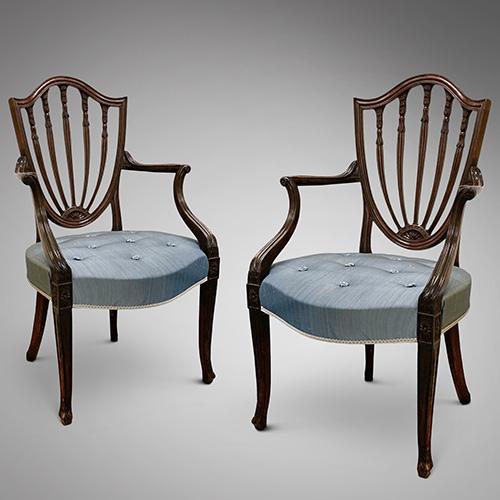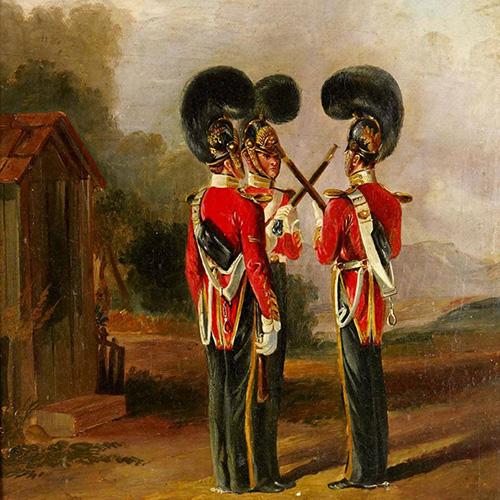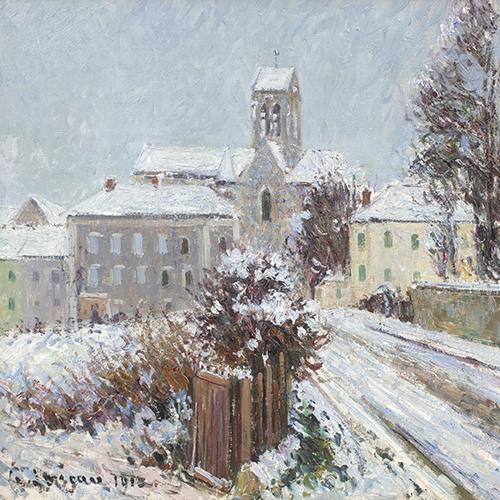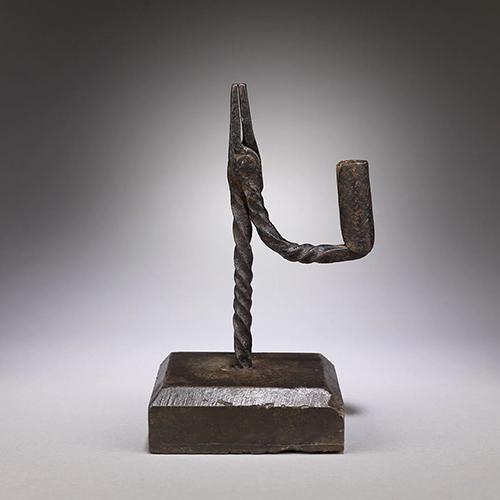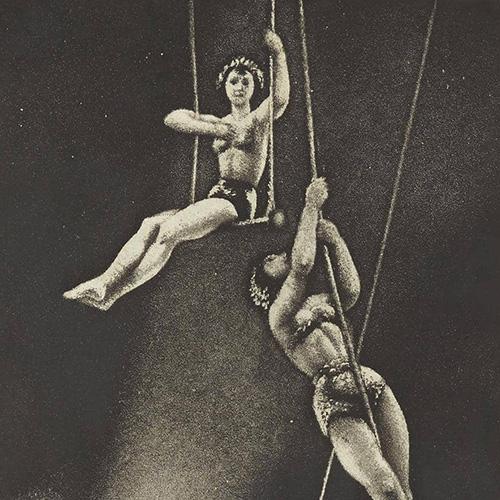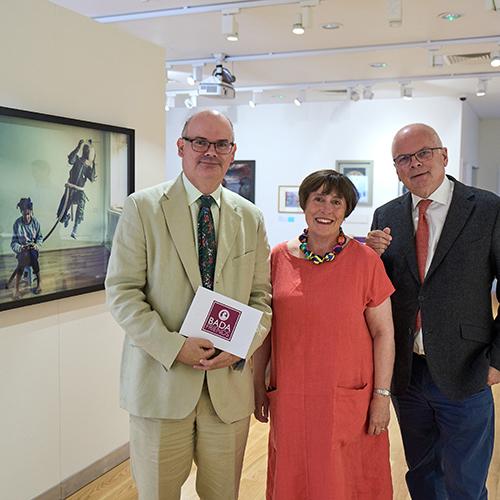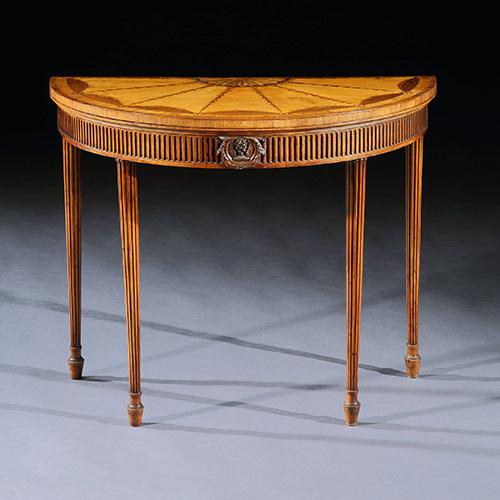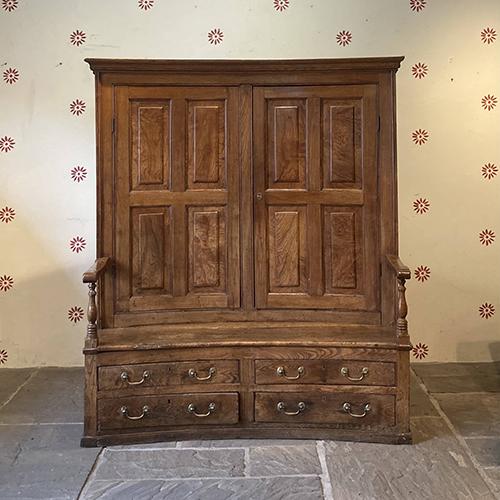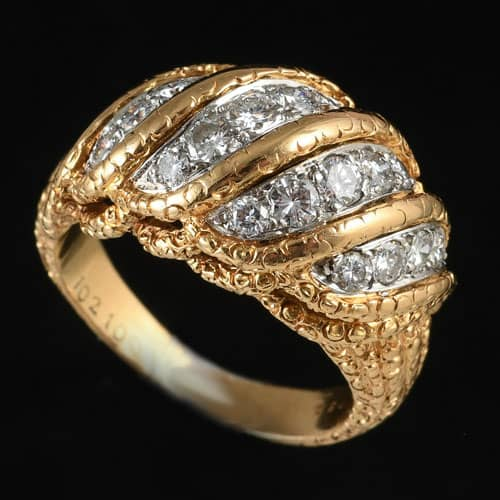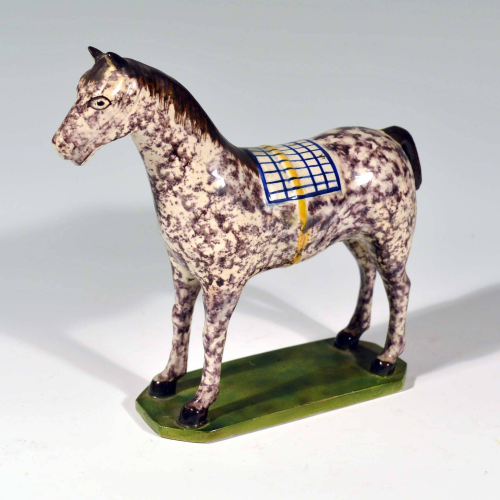Terms of the Trade: Rushlight
One of the oldest and simplest forms of lighting, rushlight candles have been in common use since before the rise of the Roman Empire and continued to be used in rural parts of Britain well into the 20th century.
Rushlights are produced by cutting the long stalks of rush plants, which grow in abundance in the UK in marshes, bogs, and wet meadows. The green peel is then skinned from the plant and the white fibrous pith hung in bunches to dry before soaking in animal fat, grease, or oil, such as rapeseed oil.



